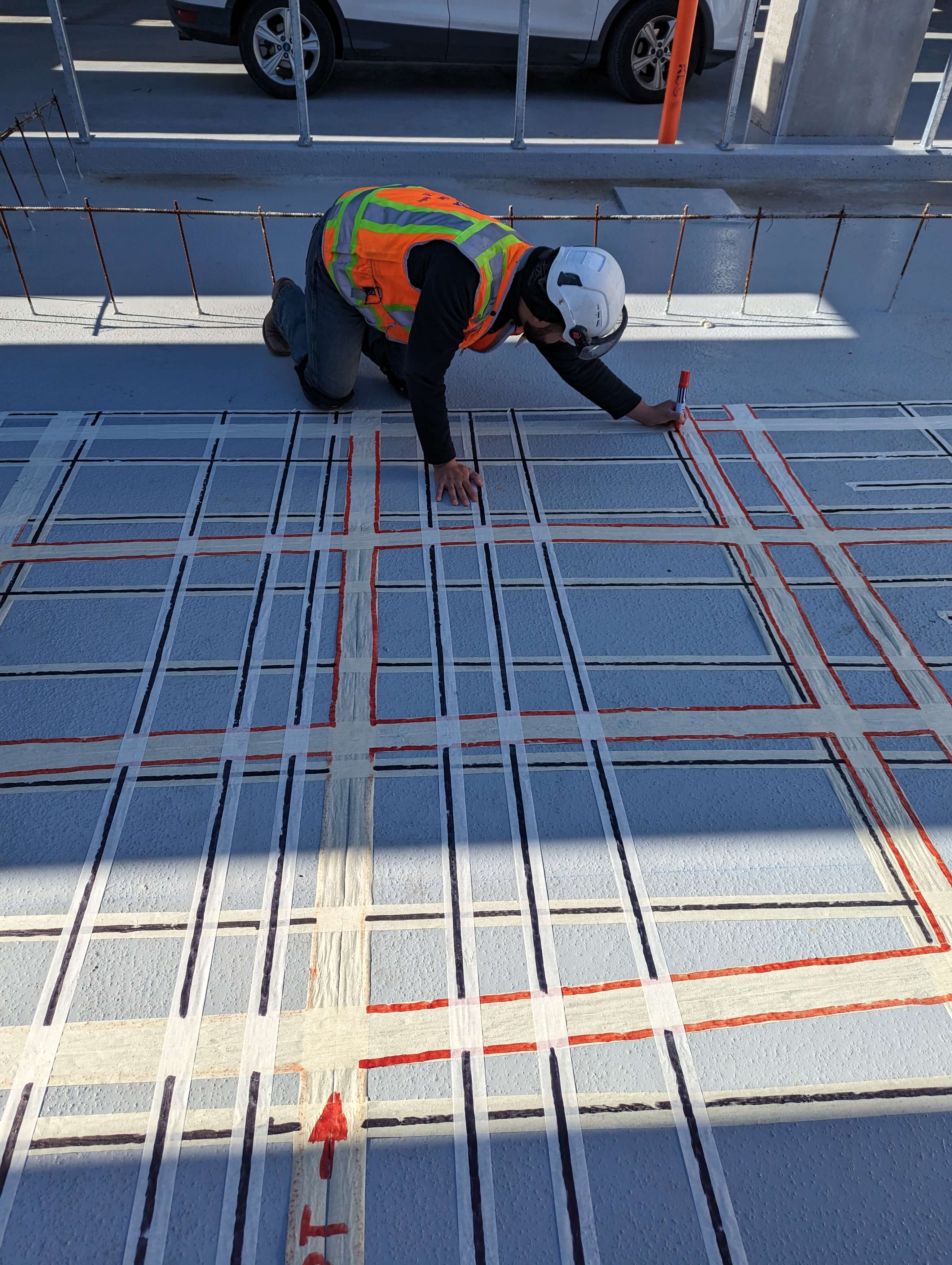Reveal the Transformative Power of Concrete Scanning in Making Best Use Of Performance and Safety And Security
Concrete scanning has actually arised as a crucial device in the building market, offering unmatched advantages in boosting job effectiveness and guaranteeing security requirements. By making use of innovative modern technology, concrete scanning permits specialists to see past the surface, revealing concealed intricacies that can influence the architectural honesty of a building. The transformative power of concrete scanning exists in its capacity to offer in-depth understandings and real-time data, transforming just how tasks are planned and carried out. As we explore the ins and outs of this cutting-edge technique, a globe of opportunities opens, showcasing a new era of building methods that focus on accuracy and protection.
Importance of Concrete Scanning
Making sure the architectural integrity and security of building and construction jobs starts with the critical step of performing detailed concrete scanning. Concrete scanning is a non-destructive technique made use of to discover and map subsurface components within concrete structures.
The importance of concrete scanning can not be overemphasized, as it plays an important duty in avoiding crashes, minimizing task delays, and making sure the lasting durability of the building. By recognizing prospective hazards prior to the construction phase begins, contractors can implement ideal security measures and make educated decisions pertaining to the design and implementation of the job. Additionally, concrete scanning aids in optimizing job timelines and spending plan by preventing unanticipated prices and delays that might arise due to unforeseen blockages within the concrete. Ultimately, buying complete concrete scanning is an aggressive approach that improves both effectiveness and security in building and construction tasks.
How Concrete Scanning Functions
Concrete scanning operates as a crucial tool in building and construction tasks by using advanced technologies to detect and map subsurface elements without triggering architectural damages. Ground Penetrating Radar (GPR) and Electromagnetic Induction (EMI) are two primary approaches utilized in concrete scanning.
Throughout the scanning process, the data collected is evaluated in real-time, allowing immediate identification of possible threats or challenges below the surface. This info help in decision-making, guaranteeing that building and construction activities proceed securely and successfully. In addition, 3D imaging software application can be utilized to create topographic maps of the subsurface components, further enhancing job planning and execution. By using these advanced technologies, concrete scanning significantly minimizes the threat of pricey damages and injuries on building and construction websites.
Benefits of Concrete Scanning
One of the primary advantages of concrete scanning is the capability to find and find ingrained items such as rebar, post-tension cable televisions, and channels precisely. Concrete scanning helps in preparation and making extra effectively, as it offers precise information regarding the place and deepness of architectural components.

Study: Concrete Scanning Success

In an additional instance, a building company made use of 3D concrete scanning to assess the problem old concrete frameworks in a historical building. The comprehensive scans given valuable understandings into the level of deterioration and helped prioritize upkeep initiatives effectively. By proactively attending to locations of concern identified through scanning, the firm had the ability to extend the life expectancy of the structure and make sure owner safety and security.
These study highlight the transformative power of concrete scanning in enhancing performance, precision, and safety and security in building and construction tasks.
Applying Concrete Scanning in Projects
Carrying out innovative scanning innovations during building and construction jobs has become significantly necessary for boosting accuracy and security. useful content By incorporating concrete scanning into task planning and implementation, construction teams can recognize potential risks, such as rebar or post-tension cable televisions, concealed within concrete structures. This aggressive strategy decreases the threat of mishaps, delays, and costly rework, eventually causing extra efficient project timelines and budgets.
To execute concrete scanning successfully, project managers must collaborate closely with knowledgeable scanning specialists to identify one of the most ideal scanning techniques for the details task demands. Engaging scanning professionals from the beginning of a project allows the team to create comprehensive scanning plans that attend to vital locations of concern and guarantee extensive information collection.
Additionally, integrating concrete scanning right into routine job process can enhance decision-making procedures, as real-time scan data supplies immediate understandings into the problem of concrete structures - Concrete Scanning. This data-driven approach promotes notified problem-solving and makes it possible for teams to make modifications promptly, cultivating a culture of efficiency and security throughout the task lifecycle

Final Thought
To conclude, concrete scanning plays a vital function in boosting efficiency and security in building and construction projects. try this site By utilizing sophisticated modern technology to spot and map out underlying frameworks within concrete, this process assists to stop expensive blunders, ensure architectural integrity, and decrease risks on site. With the capability to reveal covert aspects and supply precise information, concrete scanning confirms to be a valuable tool for optimizing project outcomes and taking full advantage of general success.
Concrete scanning is a non-destructive technique utilized to find and map subsurface components within concrete frameworks. In addition, concrete scanning helps in optimizing job timelines and budget plan by preventing unforeseen prices and hold-ups that might develop due to unforeseen obstructions within the concrete. One noteworthy situation research study includes a large restoration task where concrete scanning played an essential function in making sure job success.In one more instance, a construction business used 3D concrete scanning to examine the problem of maturing concrete frameworks in a historical structure. By incorporating concrete scanning into project planning and execution, building groups can recognize potential risks, such as rebar or post-tension cords, concealed within concrete structures.